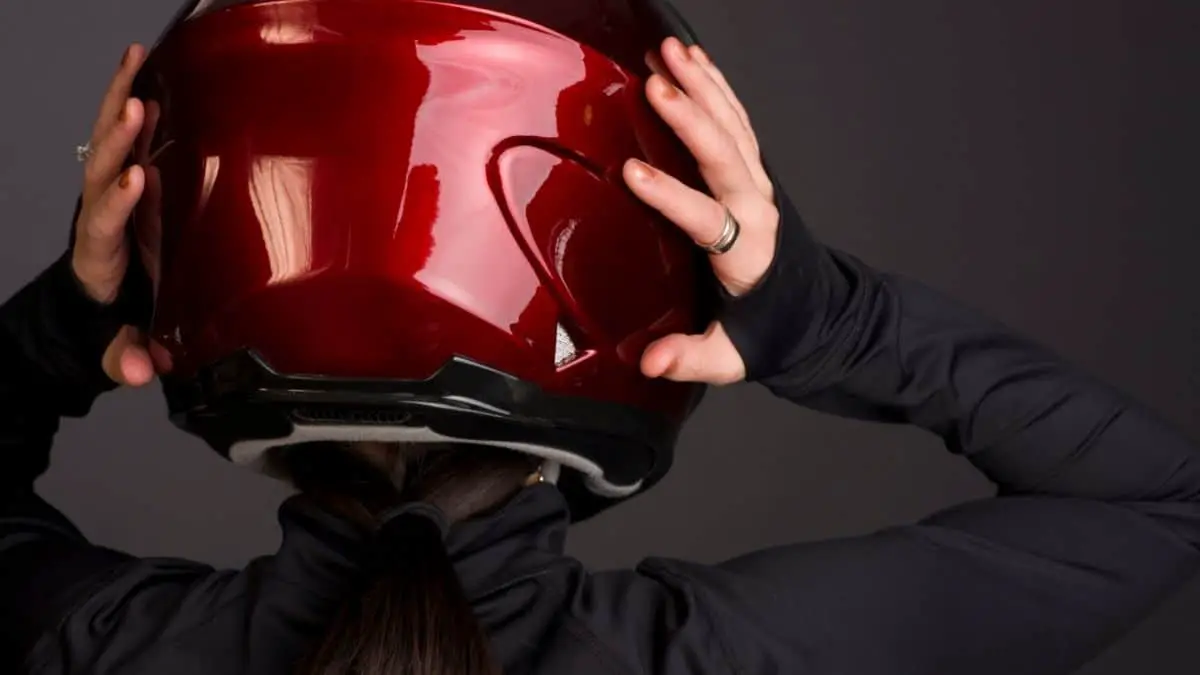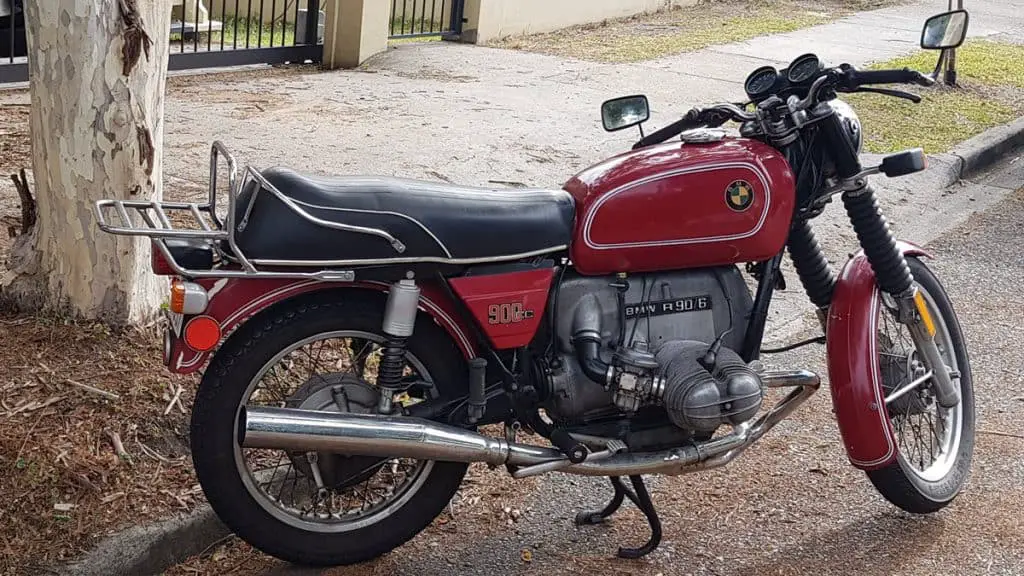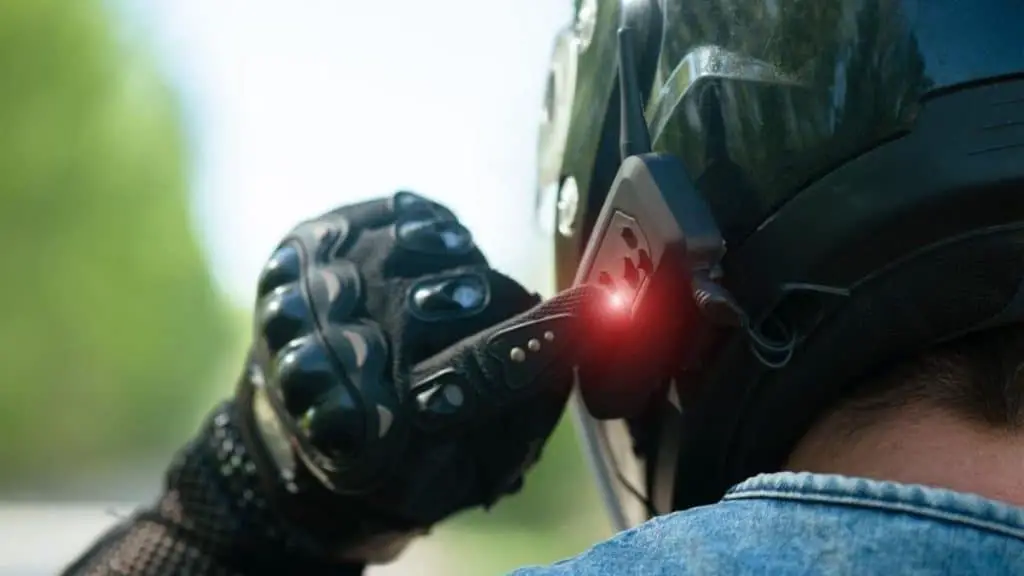Modular vs Full Face Helmet: To Flip or Not to Flip, that is the Question
Modular Vs Full Face Helmet: To Flip or Not to Flip, that is the Question.
So, buckle up your chin strap and flip down your visor. It’s going to be an exciting ride.
In the early 20th century, the only form of head protection worn by motorcycle racers and riders was a liberal coating of hair oil.
In 1914, this all changed thanks to Dr. Eric Gardner, duty medical officer at Brooklands Race Track in England. He was so alarmed at the staggering number of head injuries sustained during races that he designed a safety helmet constructed of varnished canvas. And the rest, as they say, is history.
The first open-face jet style helmet by AGV hit the track in 1956. Meanwhile, across the pond, the Bell 500 jet became the first open-face available to the public. AGV also laid claim to the first full-face, designed for racer Giacomo Agostini in 1967. Once more, in the same year, Bell got to the public first with the Bell Star, full-face.
Technological advances in materials and the manufacturing process resulted in helmets evolving. And the next big deal came in the 1990s with the arrival of the flip-front, or modular, helmet.
Modular crash helmets were versatile. Better yet, they offered all the convenience of an open-face but with added protection from the elements, just like a full-face helmet.
To decide which is the best choice, a modular helmet or full-face, it’s essential to weigh up the pros and cons of both types in detail.
Related post: The Importance of Wearing a Motorcycle Helmet
The Full-Face Helmet

Enclosing the whole head and with chin protection, the Bell Star revolutionized motorcycle safety.
By the 1970s, over 50 manufacturers offered full-face crash helmets, with competitors more concerned with color schemes than advancing safety features. Although some helmets were made from fiberglass, the manufacturing process was laborious and expensive. What’s more, the result was a heavy helmet.
Polycarbonate outer shells with expanded foam inners became the norm for mass-produced models. But top-end helmet manufacturers looked in other directions.
As technology advanced, stronger, more lightweight full-face helmets became available. Fiberglass was combined with an organic fiber called aramid, or even Kevlar, to produce composite helmets.
What is the role of a full-face helmet?
It took the likes of AGV and Rich Richter of Bell, drawing on their racetrack experiences, to join the dots. The result was the evolution of ‘the jet’. An extension of the shell around the lower mandible to create a one-piece construction that protected the whole head was the next step.
The integrated chin bar gave protection to the front of the face. While advances in visors and their attachment methods meant the full-face helmet offered unparalleled safety levels.
Pros
- Total head and face protection
- Better protection from the elements
Cons
- Weight
- Visibility
- Claustrophobia
The Flip-Front Modular Helmet

As far back as the 1960s, British crash helmet manufacturers, Stadium, offered a clip-on, flip-up face protector. This design allowed the rider to raise and lower the visor. Although a viable alternative to the fixed visor, it was heavy and cumbersome.
In 1981, BMW believed they had discovered the solution. Enter the folding helmet; an open-face with a detachable full-length visor with integrated chin bar. When clipped in position, it resembled a full-face helmet. From a safety aspect, though, it offered no more protection than a jet helmet.
German manufacturers Schubert made the folding helmets for BMW. In 1998, BMW presented their first flip-front, modular crash helmet at the INTERMOT Motorcycle Show.
When the flip-front hit the street, other practicalities became clear. Riders could talk to their buddies at stoplights and grab a bite or drink without taking off their helmets.
Best of all, though, getting stuck in traffic, being hot, bothered, or feeling closed in made being able to lift the entire front of the helmet a godsend.
Pros
- Versatile
- Added ventilation
- Ease of communication
Cons
- Potential for rider errors in its operation
- Not as protective as a full-face
- Heavier than a full-face
As innovative as the modular helmet was, doubt was cast over its safety credentials. The main problem focused on two areas. With the front of the helmet locked in place, its resemblance to a full-face helmet gave the impression it would provide the same protection level.
There were complaints about the rider’s head being jerked backward when opening the flip-front while on the move. Another common issue was the front of the helmet opening on impact.
In reality, both problems were more related to improper operation. For instance, if the rider traveled too fast when opening the helmet or not locking the front section in place.
Full-Face vs Modular: Fight!

The country in which a helmet is sold dictates the safety standards they have to meet.
And this applies to all helmet types. In the USA, all crash helmets need a DoT sticker. Whereas in Europe, it’s an ECE, and in Australia, it’s an AS/NZS or ECE sticker.
The shell on a full-face helmet gets subjected to many impact tests. The penetration test sees a sharp object attached to a weight dropped from a set height, while a weight is also dropped onto the chin bar. If the helmet passes these and other tests, it can display a specific letter to denote its safety status.
In Europe, the letter ‘P’ relates to full-face helmets. While the letter ‘J’ means an open-face helmet has passed safety testing. Modular helmets, when they first appeared on the scene, underwent tests to ‘P’ specifications. This spec meant meaning they were deemed safe to wear only when fully closed.
As modular designs advanced, dual homologation testing became commonplace. And flip-front helmets displaying ‘P/J’ meant they had passed enough testing to be safely worn either open or closed.
Safety Certification
In the USA, much emphasis is placed on helmets passing Snell testing certification. Snell certification is voluntary for helmet manufacturers. As they refuse to produce specific tests for modular helmets, it’s no surprise that no modular helmets have been submitted for testing.
Although Snell helmet testing is rigorous, it does not test for abrasion resistance like the European ECE certification.
As for the weight difference, full-face helmets are generally lighter due to the flip-up two-piece construction and the need for additional hinging/locking mechanisms of the modular helmet. When it comes to safety, both helmet types are comparable on impact testing.
According to motorcycle accident statistics, 27 percent of crashes involve contact with the right side of the face and 26 percent to the left. These figures prove that a full-face crash helmet, whether one piece or modular, offers far more protection than an open-face.
Yet when we dig a little deeper, we see that 19.4 percent of crashes involve chin bar collision with the road. It is here that the perceived Achilles heel of the flip-up helmet raises its ugly head.
Many riders believe that the hinged chin bar cannot be as strong as a one-piece construction. Furthermore, there are trust issues with the mechanism remaining locked in position in a collision. Even though NO statistics exist to prove this belief in the latter case.
The Bottom Line: Which Helmet is Best?
Rather than asking which is best, you should ask which is best for your needs (or check our guide to the best motorcycle helmets). Advances in composition and construction mean that modular helmets, safety-wise, come close to full-face helmets when in testing scenarios.
The choice is down to the motorcycle, riding style, and type of journey.
Commute or tour in groups, and you may want to go with a modular. Ride a sports bike or in cold or wet climates, and the full-face may be for you.
There’s no hard and fast rule, but the two overriding factors are safety and comfort. Everything else comes down to personal choice.
Frequently Asked Questions

Which is the heaviest helmet, a full-face or modular?
In general, if both helmets are constructed from the same material, the modular will be heavier.
Are full-face helmets safer than flip-ups?
If the flip-up locks in position, a good-quality modular helmet offers almost the same protection level as a full-face.
Why should I wear a full-face or modular helmet instead of an open-face?
This question is an easy one because noses and chins don’t grow back!
Which offers more noise protection, a full-face or modular helmet?
Again, it depends on the helmet’s quality. But generally, modular helmets offer a little less noise protection due to their two-piece construction.
Which helmet should I buy; a full-face or a modular?
This choice will depend on how claustrophobic you are.
Is a modular helmet safe in a crash?
If the front of the helmet is fully open, you have the same or slightly more protection than a jet-style helmet. If the front of the helmet locks in position, it’s almost on a par with a full-face helmet.





